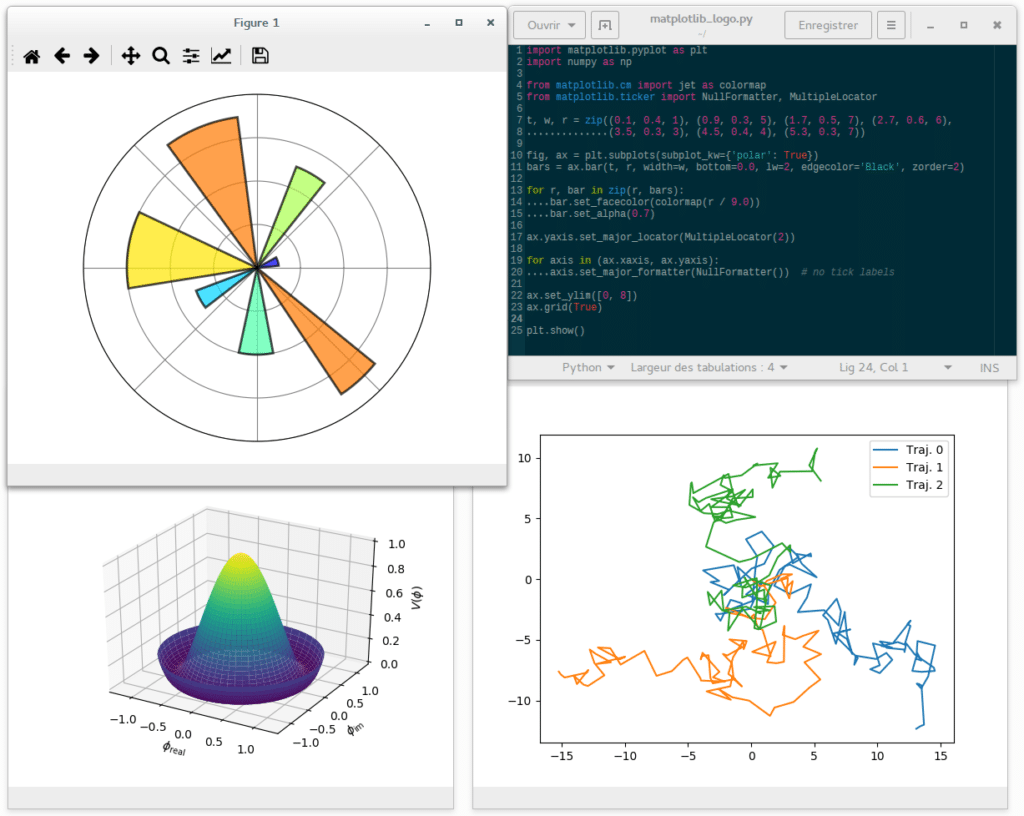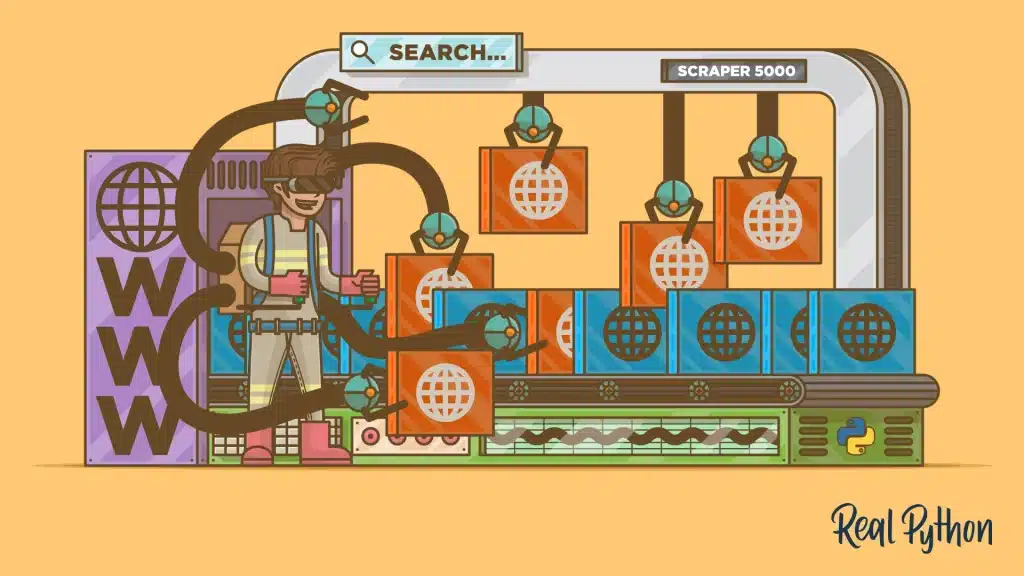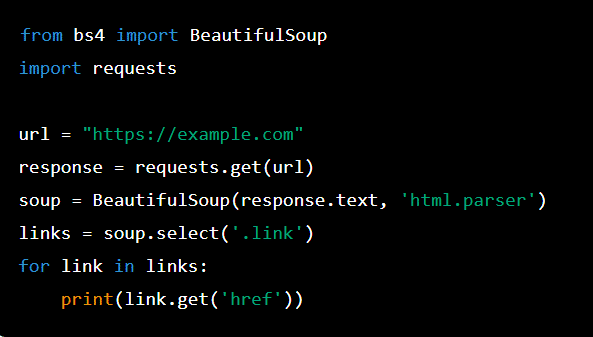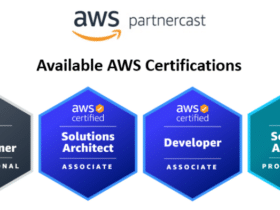Did you know that over 80% of developers use Python for data analysis and machine learning?
To be proficient in Python, there are ten essential libraries you must know. From NumPy’s numerical capabilities to TensorFlow’s deep learning strengths, these tools streamline your coding tasks, enhancing efficiency and effectiveness.
Curious about which libraries made the list and how they can elevate your projects?
NumPy
NumPy is a fundamental library for scientific computing in Python, providing support for arrays, matrices, and a wide range of mathematical functions. You’ll find it essential for handling large datasets and performing numerical calculations efficiently.
Its core characteristic is the ndarray, a powerful n-dimensional array object. With NumPy, you can perform element-wise operations, shape manipulation, and linear algebra tasks with ease.
NumPy is designed to integrate seamlessly with other libraries and tools, making it a staple in data analysis and machine learning workflows. By using NumPy, you can accelerate your computations, thanks to its optimized C and Fortran routines.
If you’re working on scientific projects, mastering NumPy will greatly enhance your productivity and capabilities.
Pandas
Building on the capabilities of NumPy, Pandas offers powerful and flexible data structures like DataFrames and Series for data manipulation and analysis.
DataFrames allow you to store and manage data in a tabular format, similar to SQL tables or Excel spreadsheets. In contrast, Series are one-dimensional arrays that can store any data type.
You’ll find Pandas particularly useful when working with large datasets, as it simplifies tasks like data cleaning, conversion, and aggregation.
Pandas also supports a variety of file formats, including CSV, Excel, and SQL databases, making data import and export straightforward.
Its intuitive functions and methods help you perform complex data operations with ease, ensuring efficient and effective data handling.
Matplotlib

Matplotlib is your go-to library for creating static, interactive, and animated visualizations in Python. You can generate plots, histograms, bar charts, and more. It integrates seamlessly with NumPy, making it essential for data analysis. To get started, you’ll need to install it using pip install matplotlib.
Here’s a quick table to help you understand some basic functionalities:
| Function | Description | Example Usage |
|---|---|---|
plot() | Create a line plot | plt.plot(x, y) |
bar() | Generate a bar chart | plt.bar(x, height) |
hist() | Create a histogram | plt.hist(data, bins) |
Matplotlib also supports customization of plots, allowing you to adjust axes, titles, and labels to fit your needs.
SciPy
SciPy is a powerhouse library that builds on NumPy to provide a wide array of tools for scientific and technical computing. You’ll find SciPy invaluable for tasks involving optimization, integration, interpolation, eigenvalue problems, and more. It’s like having a Swiss Army knife for scientific tasks.
When you need to solve complex mathematical problems, SciPy offers a range of efficient algorithms that make your life easier. Furthermore, it includes modules for linear algebra, statistics, and signal processing.
SciPy’s integration with NumPy guarantees seamless data manipulation and numerical operations. By leveraging SciPy, you can perform more advanced computations without extensive code. It’s especially useful for researchers, engineers, and anyone dealing with scientific data analysis.
TensorFlow
When you’re ready to tackle deep learning and neural networks, TensorFlow stands out as the go-to library. Developed by Google Brain, TensorFlow offers a thorough ecosystem for building and deploying machine learning models.
It supports various platforms, from mobile devices to large-scale distributed systems. With TensorFlow, you can create complex neural networks through its flexible and scalable architecture.
You’ll find extensive documentation and tutorials to help you get started. TensorFlow also includes tools like TensorBoard for visualizing your model’s performance, making debugging easier.
Moreover, TensorFlow’s integration with Keras simplifies model building with an intuitive API. Whether you’re a beginner or an expert, TensorFlow’s versatility and robust community support make it an invaluable tool for your machine learning projects.
Scikit-Learn

Scikit-Learn is a powerful library that lets you efficiently build and deploy a wide range of machine learning models. It provides simple and efficient tools for data mining and data analysis.
You can use Scikit-Learn for tasks such as classification, regression, clustering, and dimensionality reduction. The library is built on NumPy, SciPy, and matplotlib, making it an integral part of the Python ecosystem.
To get started, you can easily install it using pip. Scikit-Learn offers user-friendly documentation and numerous examples to help you learn quickly.
Preprocessing data, selecting models, and evaluating results are straightforward with Scikit-Learn’s intuitive API. Whether you’re a beginner or an expert, this library is a valuable tool in your machine learning toolkit.
Requests
Among the most popular libraries for making HTTP requests in Python, Requests stands out for its simplicity and ease of use. You can quickly send all kinds of HTTP requests without dealing with complex code structures. The library handles tasks like connection pooling, redirects, and cookies automatically, which saves you time and effort.
Here’s a quick overview of some common functionalities:
| Functionality | Example Usage |
|---|---|
| GET request | requests.get(url) |
| POST request | requests.post(url, data) |
| PUT request | requests.put(url, data) |
| DELETE request | requests.delete(url) |
Using Requests, you can easily interact with APIs, download web content, or even submit data to web forms. Its intuitive design makes it a must-have in any Python developer’s toolkit.
Beautiful Soup

Beautiful Soup is a powerful library for parsing HTML and XML documents, making web scraping tasks straightforward and efficient. You can easily traverse and search through the parsed data to extract information.
Parsing HTML: Convert HTML documents into a parse tree, making it easy to search and modify.
Traversing Data: Use methods like find_all() and select() to locate elements by their tags, attributes, or CSS selectors.
Extracting Content: Pull specific data from web pages, such as text, links, and attributes, for further processing.
Django
Django is a high-level Python web framework that encourages rapid development and clean, pragmatic design. It’s perfect for developers who want to build robust web applications quickly.
With Django, you get an extensive range of built-in features like authentication, content administration, and URL routing, which saves you time and effort. Its ORM (Object-Relational Mapping) allows you to interact with your database using Python objects, simplifying database management.
Django promotes the DRY (Don’t Repeat Yourself) principle, helping you write efficient code. The framework also comes with strong security features to protect your applications from common threats.
Flask
Flask is a lightweight Python web framework that’s perfect for building small to medium-sized applications with simplicity and flexibility. It allows you to create web applications quickly without the complexity of larger frameworks. You can start with a basic skeleton and easily scale up as needed.
Flask’s modular nature means you aren’t locked into a specific project structure. This makes it ideal for projects that require quick development and clear code organization.
The key advantages of Flask are:
- Flexibility: You can choose the components you need and skip the ones you don’t.
- Extensibility: Integrate with various extensions to add functionality without much hassle.
- Simplicity: Its straightforward design makes it easy for newbies to grasp.
Conclusion
By mastering these top 10 Python libraries, you’ll access a treasure trove of tools to handle numerical operations, data analysis, visualization, machine learning, and web development.
Envision effortlessly manipulating data with Pandas, visualizing it with Matplotlib, and building robust web applications using Flask or Django.
These libraries are the keys to reshaping your coding journey, making complex tasks more manageable and opening up a universe of possibilities in the realm of scientific computing and beyond.


















